
Our history is intertwined with the life and times of our late founder, Mr. Dwarika Das Shrestha. Dwarika Das Shrestha was an extraordinary human being – a true visionary who was acutely aware of his own identity, the changing world around him and his responsibility towards it. His story is one of inspiration borne out of struggle and torment, the relentless pursuit of an aesthetic ideal, and one man’s determination to make a difference.
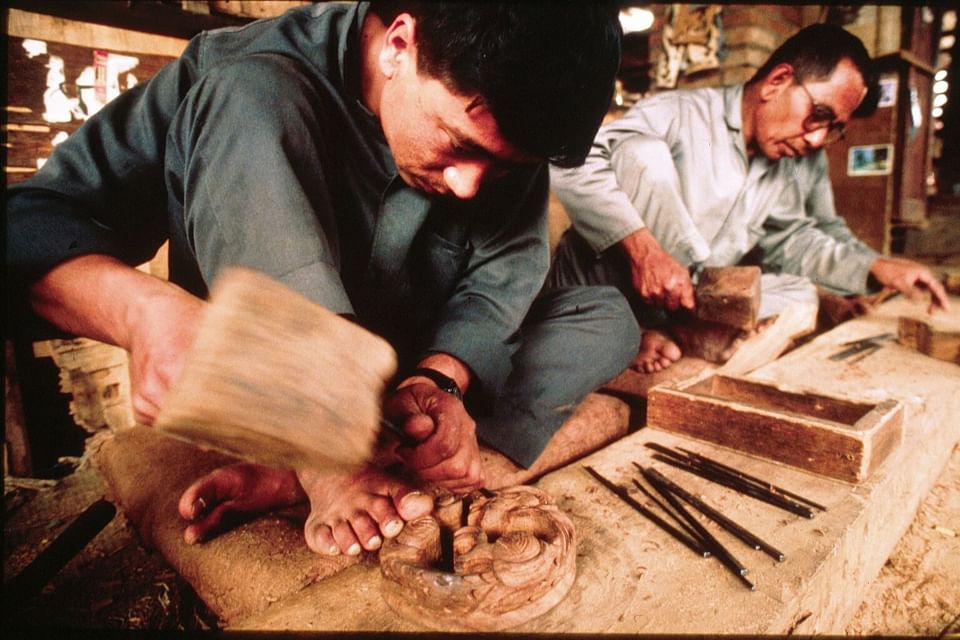
In 1952, Dwarika was out jogging when he came upon some carpenters sawing off the carved portion of an intricately engraved wooden pillar. It had been part of an old building which had been torn down to make room for a modern structure. Amidst the rubble, lay the bits and pieces of exquisitely carved woodwork several centuries old, ready to be carted off as firewood.
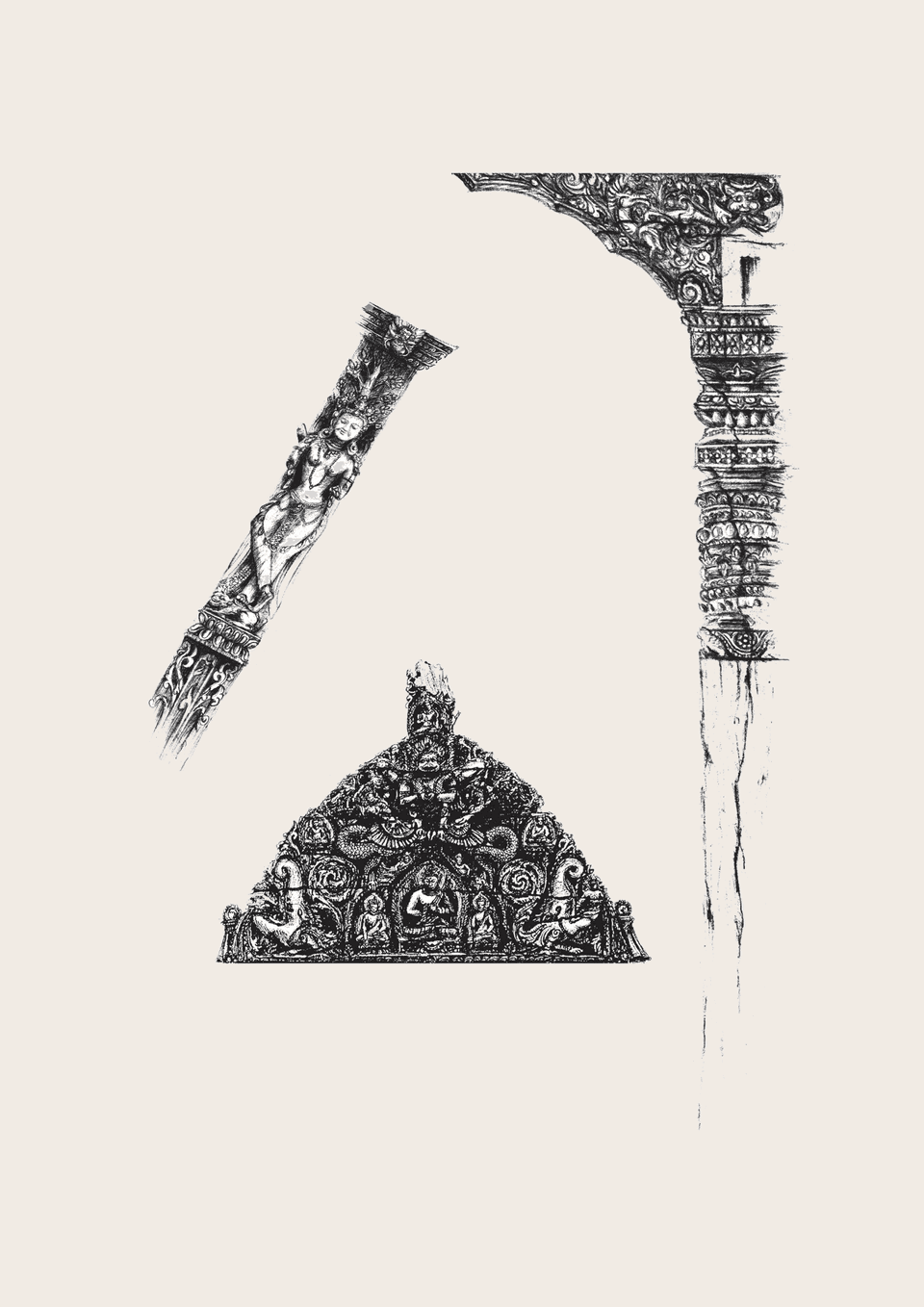
His ability to see a role for the past in the present and to act upon an idea is what made Dwarika Das Shrestha a real visionary and an inspiring individual. With the help of his wife, Ambica Shrestha, he started exploring entrepreneurial avenues to assist in the development of Nepal’s tourism and finance his passion for conservation. They knew that many people would be interested in coming to Nepal, to tour its attractions, heritage sites, and to experience its natural beauty.
Towards this end, in 1969, Dwarika Das Shrestha went on to establish one of the first travel agencies in Nepal, Kathmandu Travels and Tours.
What began as an impulsive action grew into a passion, and soon Dwarika’s commitment to saving, documenting and restoring artifacts took on a life of its own.
In 1964, he decided to construct the first Nepali-style brick building with the collected woodcarvings in his garden.
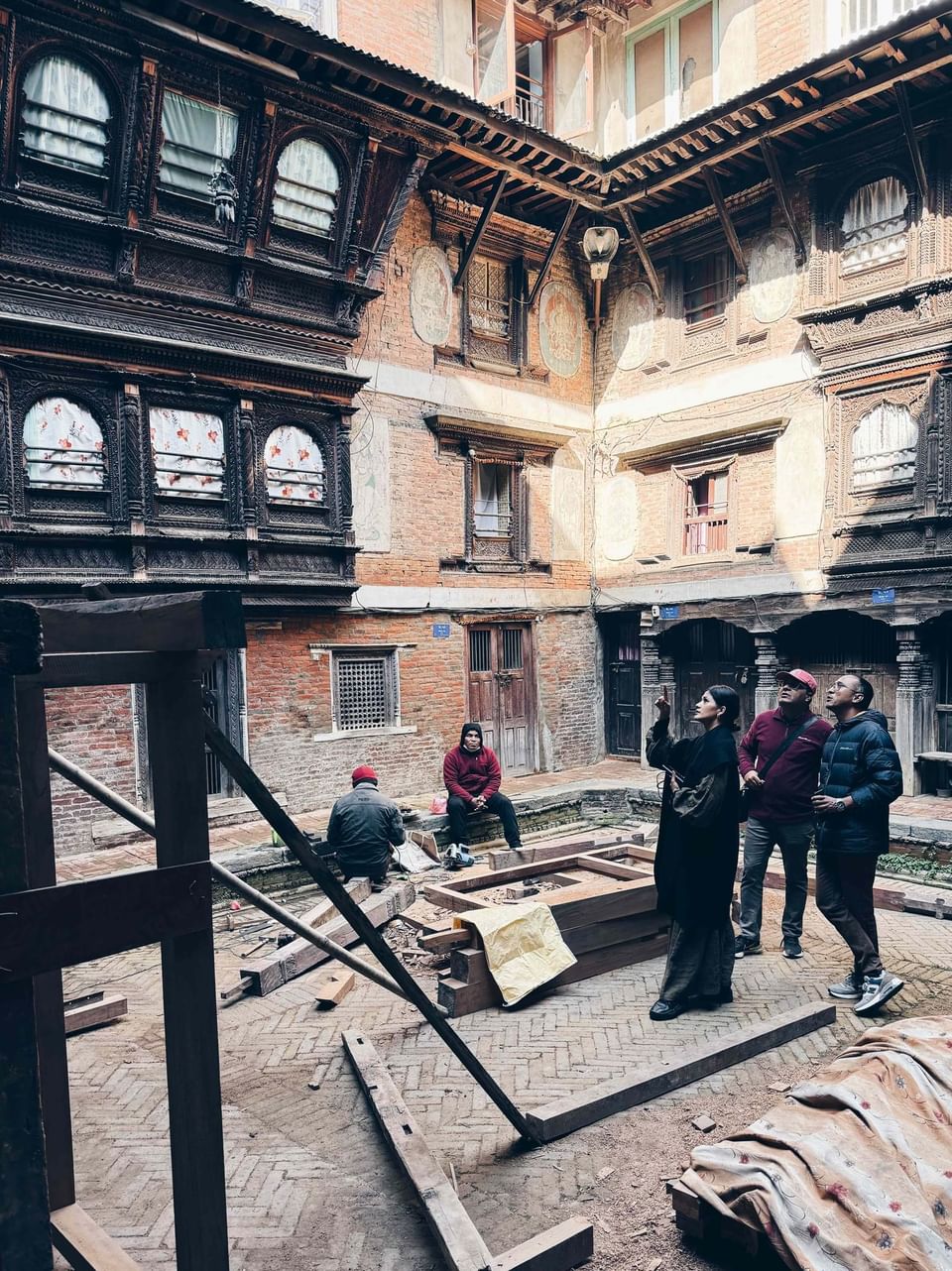
The Kathmandu Valley, known as the city of temples, is a haven of spirituality and history. Home to over 1,000 sacred sites, it features the ancient Swayambhunath Stupa, with a history spanning over 1,500 years, the revered Pashupatinath Temple honoring Lord Shiva, and the iconic Boudhanath Stupa. Each temple, stupa, and shrine tells a story of devotion, artistic ingenuity, and cultural harmony that has endured for millennia.
The Newars were instrumental in shaping Kathmandu's artistic and architectural identity. They pioneered the valley's iconic pagoda-style architecture, which influenced the architecture across Asia, including in China and Japan. Their urban planning included the creation of Bahals - monastic courtyards- and squares that functioned as communal hubs for trade, worship, and social interaction. These spaces were integral to the valley’s vibrant festivals and daily life.
The valley’s art and festivals further reflect its spiritual richness. Intricate paubha paintings, bronze sculptures of deities, and vibrant celebrations like Indra Jatra and Kumari Jatra are living testaments to the Newars' cultural contributions. Kathmandu’s influence extended far beyond its borders. Its artisans and architects set standards for religious and civic structures across the Himalayas. The valley’s role as a center for Buddhist learning and artistic production spread its cultural legacy to Tibet, Mongolia, and Southeast Asia.
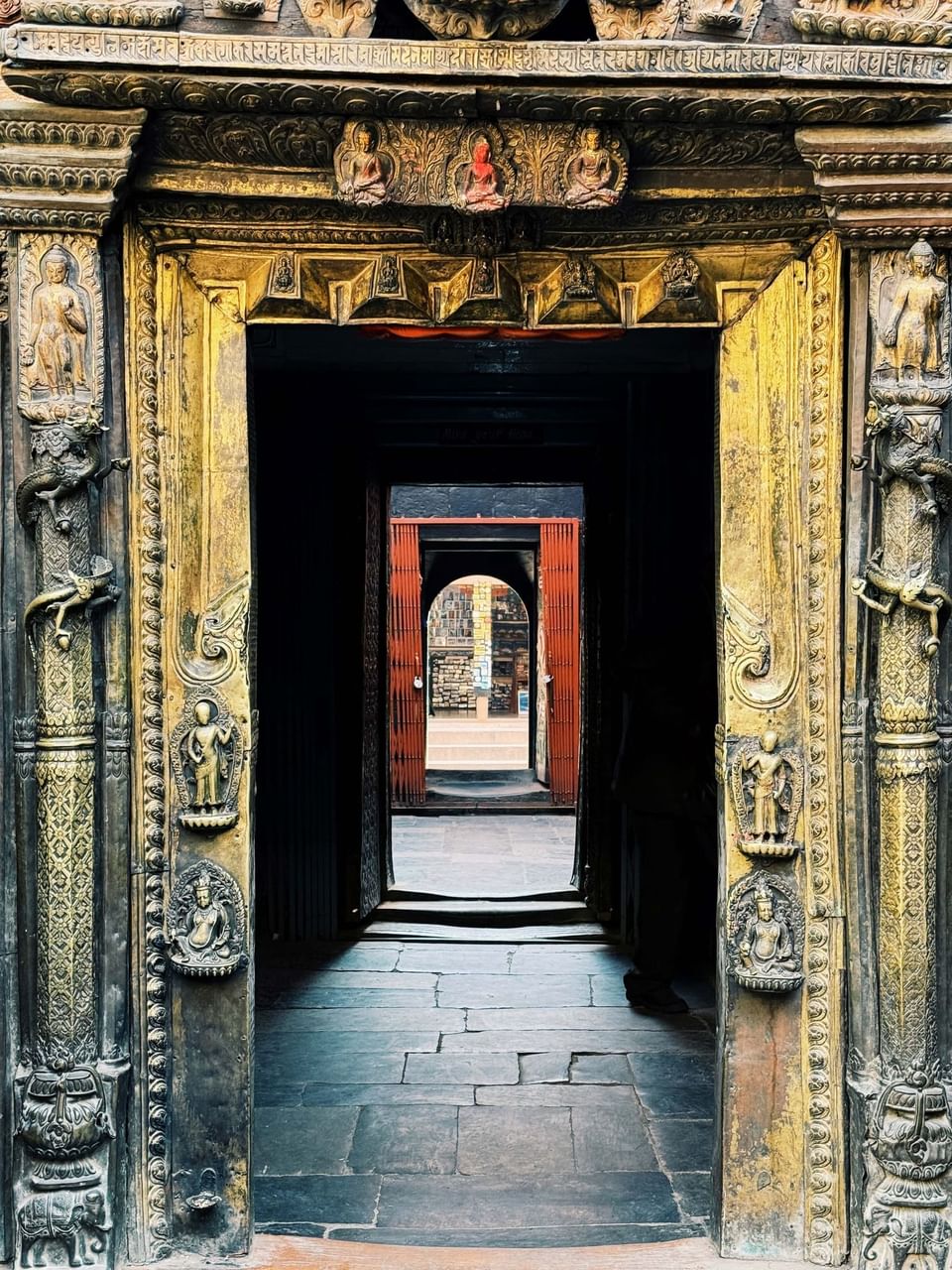
Today, the Kathmandu Valley continues to be a living museum, where history is not confined to monuments but experienced in daily life. Its over 1,000 temples, thriving festivals, and unique traditions remind us why it is one of Asia’s most historically significant cities—a jewel of human achievement at the foothills of the Himalayas.
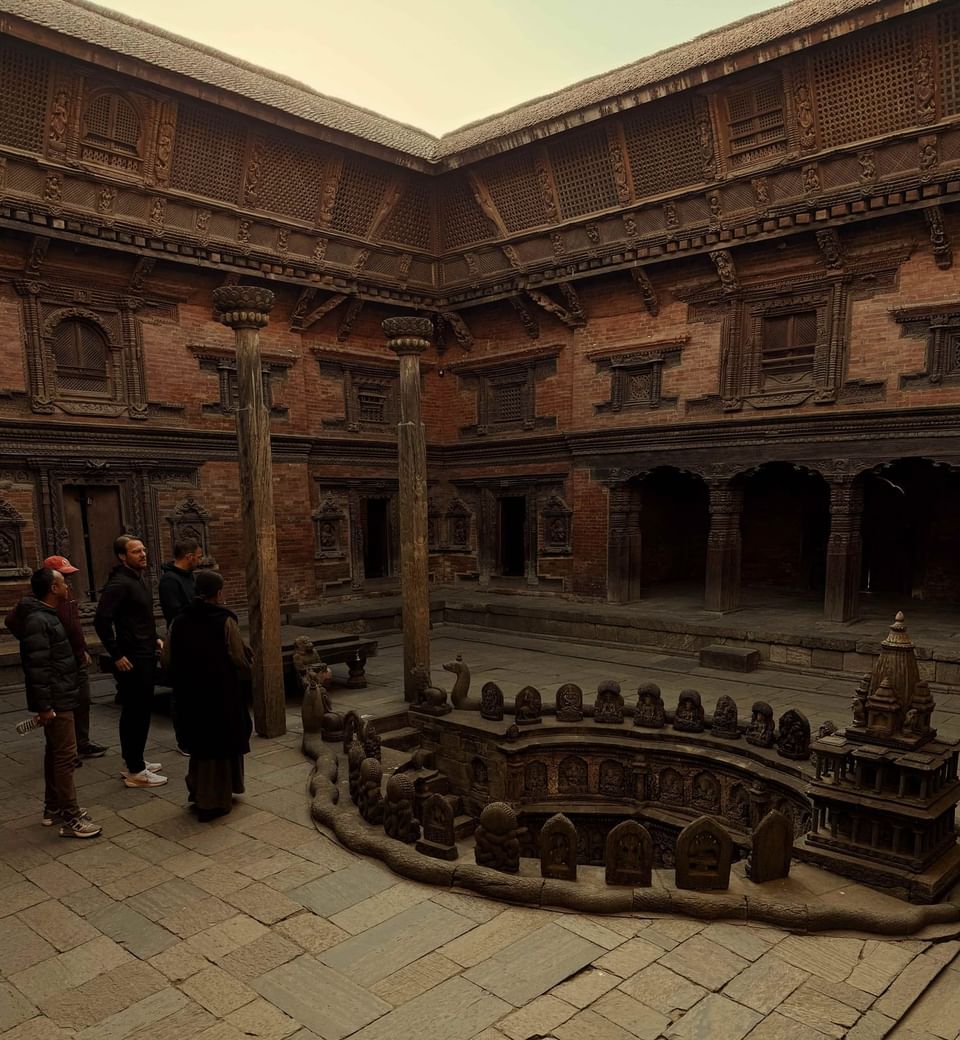
The Dwarika’s, Kathmandu embodies this legacy, integrating centuries-old woodwork, handmade bricks, and traditional Newari designs into its architecture. Courtyards, shrines, and intricate facades reflect the valley’s heritage, blending sustainability with preservation. The hotel stands as a living museum, safeguarding Kathmandu’s cultural identity while inspiring future generations.